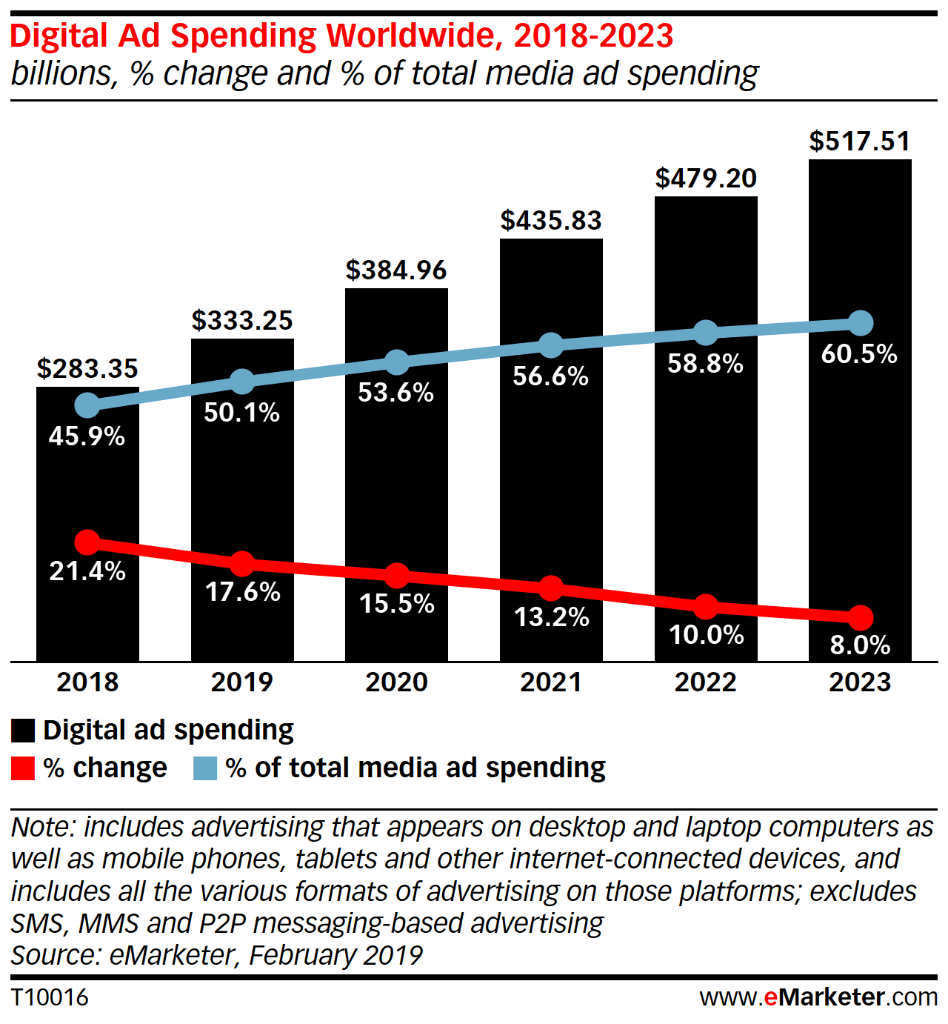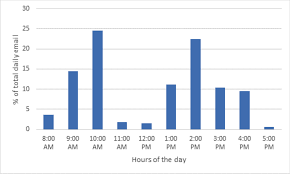It’s 1993 and Mark Weiser of Xerox Parc publishes a short paper outlining his vision for a concept he called ubiquitous computing. In The World Is Not A Desktop, Weiser argued that a good tool does not impact the consciousness of its user, and visions of the forthcoming major technological shifts, all missed one important element; “they [all] make the computer visible.”
Fast forward 26 years and with hindsight, Weiser was largely right. Contemporary technology is all but ubiquitous and largely visible. In the office, and at home, we are inundated with an abundance of apps, browsers, screens, and notifications to beckon our attention.
Conversation Prism 5.0 by Brian Solis & JESS3
In 1971, Herbert Simon made his now-famous observation “when information becomes abundant, attention becomes scarce.” The increasingly important intersection of human wellbeing and digital transformation is largely framed around discussions of human attention and technology’s attempts to either capture or fragment it. Both Simon and Weiser understood the link between digital pervasiveness and human attention. Increasingly, people in both their personal and professional lives understand that to successfully live in a digitised world, their tools need to account for and enhance their wellbeing first and foremost. Tools that meet these needs will meet the needs of people for years to come. In this series of posts, we will analyse how digital companies and society at large are simultaneously working to bring about a future that is more humane and genuinely meets their needs as human beings.
When we think of the intersection of human wellbeing and technology, it is tempting to think of health and wellbeing solutions such as FitBit or Headspace, designed to improve human health. But, that deep link between technology and human attention means that digital wellbeing is a far deeper issue that affects all digital experiences. From customer experience, to EdTech, infrastructure to mobile apps, digital wellbeing will pervade the various ways we interact with technology.
In the second article in this series, we will focus on the digital detoxing phenomenon and the response from global society to the over-abundance of technology in our lives.
More recently, there are a raft of technical innovations as solutions to this issue. Article 3 highlights these advancements and how they’re helping people all over the world. Finally, in article 4, we focus on the massive opportunities of designing for wellbeing and the potential dangers of ignoring the needs of people.
The Economics of Attention
A useful place to start is to understand the link between the value of technology services and human attention.
The attention economy, as it’s called, systematises, with unparalleled precision, the capture and monetisation of human attention. The most obvious place to identify the evidence for this is in the $1 trillion global advertising market which targets specific messages to specific groups of people on any device and piece of content they happen to consume. Digital advertising in particular has now overtaken advertising on other mediums thanks to the increasing influence of the likes of Facebook, Amazon, Alibaba, and Google.

Source: eConsultancy
The scale of business monetizing human attention in the digital age is truly colossal and with each innovation, messages are delivered to people in ever-more sophisticated ways. From microtargeting to the perpetual monitoring of our actions online for behavioural retargeting, the value of human attention to the digital economy cannot be understated. When attention is captured and directed in ways useful to the advertiser, will want whatever they want. “They are also thinking your thoughts, enlarging, as it were, the size and scope of your own mind.”
However, to argue that the advertising and marketing communities are the only proponents of the attention economy would be untrue. Sophisticated mechanisms to capture people’s attention are designed into everyday technologies we didn’t even know had incorporated them, and in many ways, form the bedrock of the global digital market.
Technology makers live and die by the level of engagement a user has with their product. Simply put, the more an app, or product is used, the more valuable it is perceived to be, and the more valuable it is to shareholders and the bottom line. For a product to be used more, there are various tools at a developer’s disposal, and metrics for the company to follow.
For example, the innocent notification, a staple of mobile apps designed to helpfully remind people to pay attention to meaningful updates related to a specific app is a well-known tool of engagement for mobile design. But the same notifications are also seen in email clients, and email has, for years, been one of the culprits of distraction and decreased productivity. The result of this is notification creep, and notification fatigue, all symptoms of wider information overload but all reflections of the market forces that drive crucial profit and loss for companies around the world. Email notifications had one of the biggest impacts on productivity resulting from involuntary interruptions through notifications.
Why is this important? Of course technology today vies for our attention along with the other stimuli in our daily lives. But when one of the main metrics for success to shareholders is ‘engagement’ in its many forms (DAU, MAU, Downloads, Streams, Likes, Shares), all of which are based on attention, we can see just how important human attention is to the global economy.


% of Time Checking Email Without Notifications
% of Time Checking Email With Notifications On
The most interesting aspect of this study by Gloria Mark is that perceived productvity by the participants went up and stress levels decreased when people took control of their email behaviours. Greater autonomy over our technology use is something we will come back to in this series of articles.
The importance of engagement in the digital economy emerges in more unethical ways – most prominent being dark patterns. Coined by designer Harry Brignull in 2010, Dark Patterns are elements in digital artefacts that compel you to do something you don’t want to do – like buy something or share data with third parties.
Despite the fact that dark patterns are more openly discussed in general society, this has not stopped their inclusion on popular websites where the general public spends a great deal of its time. A recent Princeton study found that 11% of 11k e-commerce stores employed dark patterns that are in nature covert, restrictive, asymmetric, deceptive, and conceal information.
This prevalence of dark patterns, notification fatigue, and more is in addition to other well-known attention capture techniques that pervade our digitised landscape, such as Outrage Porn and Call-Out Culture, both of which are techniques used for misinformation and deception campaigns.
We could go into far greater detail on this enormous topic, and this is a living, breathing document that will be updated as the research updates and more insightful conclusions are reached. It does highlight that human attention has immense economic and political value economically. While many might not be aware of this, a growing and influential group of people and companies are identifying ways to both reclaim their attention and create immense value for our digitised future at the same time which we will visit in the next article.
Check out our next article on digital detoxing and the other ways society is stepping up to reclaim control of human attention.

